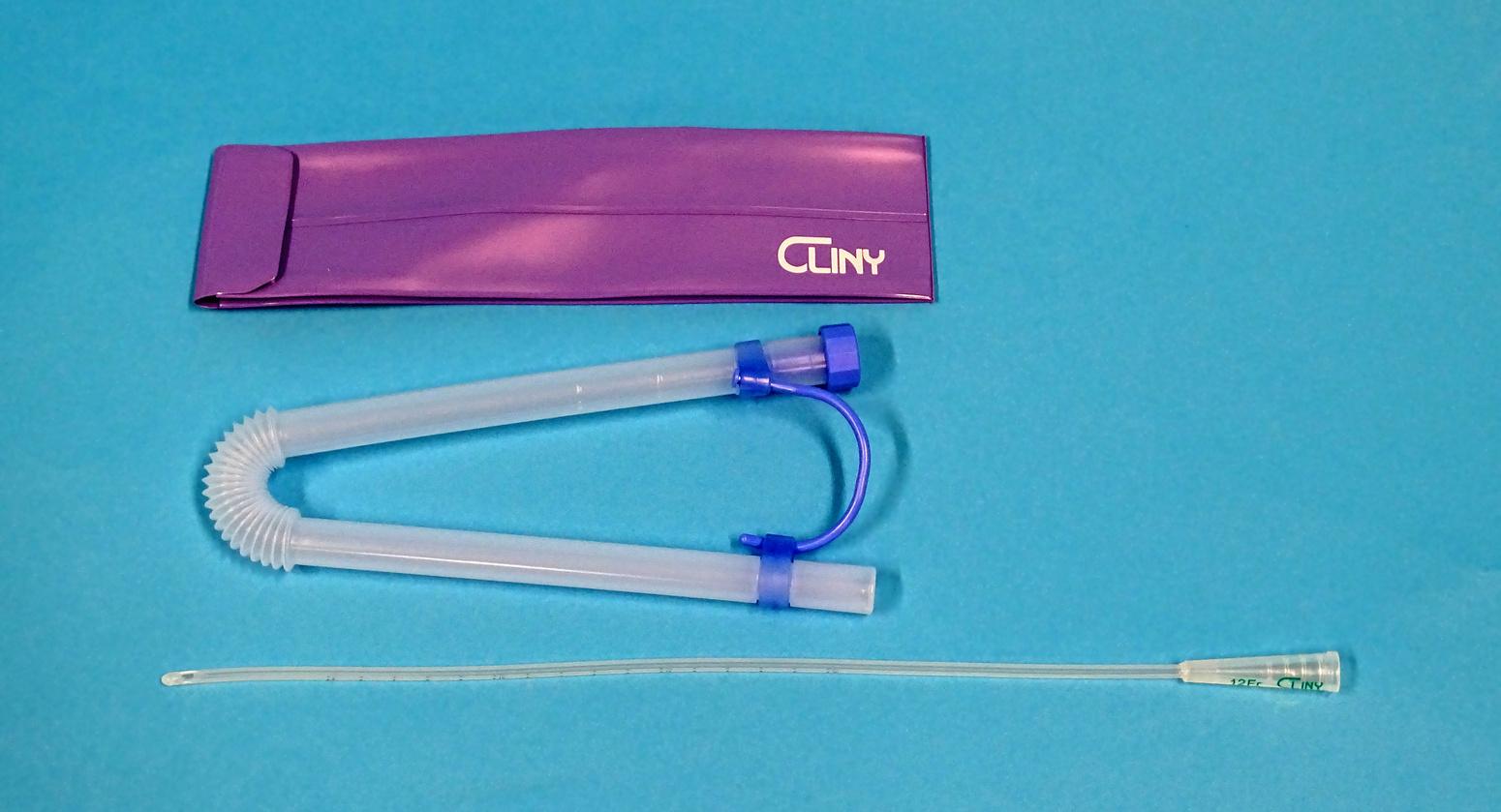
3 minute read
The MultICath Trial - New Research Into Intermittent Catheterisation
Intermittent catheterisation (IC) is an important management option for people who cannot empty their bladder naturally. Problems with bladder emptying may be a consequence of neurological disease or spinal cord injury, or, for men, an enlarged prostate causing outflow obstruction. IC avoids the need for an indwelling catheter and associated complications.
People needing IC are taught how to insert a catheter, drain the bladder, and then remove the catheter. Today, single‐use, disposable catheters are the most commonly used option in the UK. When clean IC was introduced to the UK in the 70’s however, plain, uncoated catheters were routinely washed and re-used. This is still practised by some people in the UK and, more extensively, in other countries, and for decades sterilisable metal catheters have been an option for women.
Over the years new types of catheter have been developed, for example, with special coatings designed to make catheterisation easier and safer (find out more about different intermittent catheters in the Continence Product Advisor). Such catheters are all manufactured and licensed for single use only. Reusable silicone catheters are now being made for both men and women but are not yet available in the UK. Currently there is considerable uncertainty as to whether any particular catheter design is better than another for preventing urinary tract infection or for other important factors such as urethral trauma or quality of life.
Combining the use of re-usable and single use catheters (mixed use) may be attractive to some users because it potentially offers the advantages of both catheter types. For example, using a reusable catheter reduces the number of catheters required when away from home, and may have environmental and cost benefits as fewer are thrown away (each year in the UK approximately 50,000 mainly plastic catheters contribute to landfill and, in the USA,
research suggests that, annually, the waste from catheters is enough to fill 80 Olympic size swimming pools). Using a single-use catheter by comparison may be more convenient, for example at work, and requires less preparation and no cleaning.
The purpose of the Multicath programme (funded by the National Institute for Health Research (NIHR)) was to develop a cleaning method for reusable catheters and then to test its safety, effectiveness and user acceptability in a trial. We worked with IC users to develop the method, based on soap & water and Milton, and users tested it by cleaning and re-using their catheters multiple times. When their catheters were examined under a microscope, we found that the cleaning method had effectively removed bacteria without affecting the catheter surface and the IC users reported that the method was acceptable to use. We have also interviewed IC users to understand the factors that are important to them; for example, how to manage when away from home.
In the Multicath trial we are now aiming to test if mixed use is safe and acceptable compared with single use only when used by a larger group of IC users (520 men and women).
Participants will be asked either to try mixed use or to continue with their usual single use catheter only. This is decided randomly by computer. Throughout the study we will be in monthly contact with participants to find out about their experiences of catheter use and to If you are over 18 years old and use intermittent catheters to empty your bladder then you may be eligible to take part in the MultICath trial and we would like to hear from you.
Please contact Margaret Macaulay, Research Nurse, for an informal chat: Tel: 07960 136241 or email: m.macaulay@soton.ac.uk or please visit the trial website www.soton.ac.uk/multicath for further information.
Thank you!
Listen to IC users talking about their experiences of reusing catheters
This refers to independent research funded by the National institute for Health Research (NIHR) under its Programme Grants for Applied Research (PGfAR) (Grant Reference Number RP-PG-0610-10078). The views expressed are those of the authors and no necessarily those of the NHS, the NIHR or the Department of Health.
Do you use intermittent catheters? Are you interested in government-funded research to try out new options for catheter users?
Margaret Macaulay, Senior Research Nurse & Multicath Project Manager












